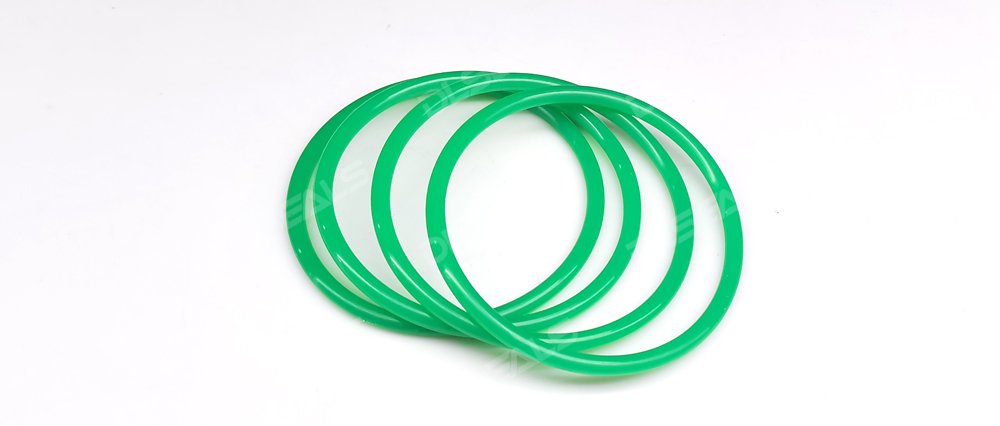Polyurethane seals play a crucial role in hydraulic systems, offering exceptional durability and performance under varying operational conditions. These seals are widely preferred due to their resistance to abrasion, chemicals, and high pressures, making them suitable for demanding applications across industries.
Key Features of Polyurethane Seals:
Polyurethane seals are known for several key features that contribute to their effectiveness in hydraulic systems:
Durability: They exhibit high wear resistance, prolonging service life even in harsh environments.
Chemical Resistance: Polyurethane seals can withstand exposure to various hydraulic fluids and chemicals without significant degradation.
High Pressure Capability: Designed to handle substantial hydraulic pressures, maintaining tight seals under demanding conditions.
Temperature Tolerance: They operate effectively across a wide range of temperatures, ensuring performance consistency from extreme cold to hot environments.
Low Friction: These seals minimize frictional losses, contributing to efficient hydraulic system operation and energy savings.
Applications of Polyurethane Seals:
Polyurethane seals find application in diverse hydraulic components and systems, including:
Hydraulic cylinders: Ensuring reliable operation and preventing fluid leakage in piston and rod seals.
Hydraulic pumps and motors: Maintaining fluid integrity and performance efficiency in rotating and reciprocating motion applications.
Hydraulic valves: Providing tight sealing to control fluid flow and pressure accurately.
Installation Tips for Polyurethane Seals:
Proper installation is critical to maximize the performance and longevity of polyurethane seals:
Surface Preparation: Ensure the mating surfaces are clean, smooth, and free from contaminants to prevent premature seal failure.
Lubrication: Use compatible lubricants to facilitate ease of installation and reduce initial frictional resistance.
Seal Orientation: Install seals with the correct lip orientation to optimize sealing effectiveness and minimize wear.
Handling: Handle seals carefully to avoid damage to the sealing lips or edges during installation.
Conclusion:
Polyurethane seals represent a reliable choice for hydraulic systems, offering robust performance, durability, and versatility across a wide range of industrial applications. Understanding their features, applications, and proper installation techniques ensures efficient operation and extended service life of hydraulic components.
For businesses seeking reliable sealing solutions, polyurethane seals stand out for their ability to enhance system reliability and minimize maintenance costs over time.
Incorporating polyurethane seals into hydraulic systems underscores a commitment to efficiency, performance, and longevity in industrial operations.
Call to Action:
Explore our range of polyurethane seals to discover how they can optimize your hydraulic system’s performance and reliability. Contact us today to learn more about our customized sealing solutions tailored to your specific application needs.
Post time: Jun-27-2024

